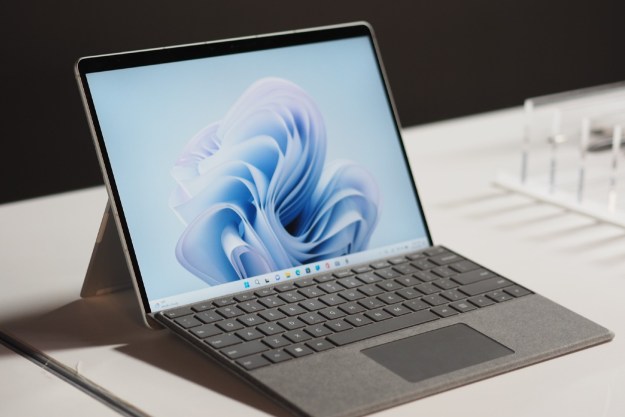
Microsoft continues to struggle with the adoption of Windows 11 among its users. Recent data from Statcounter reveals a notable decline in the operating system’s market share, specifically compared with Windows 10.
After reaching an all-time high of 28.16% in February 2024, Windows 11 has experienced a drop, falling below the 26% mark.
From March to April 2024, Windows 11 market share decreased by over a full percentage point, from 26.68% to 25.65%. The majority of these users seem to have moved back to Windows 10 and even though it is nearing its ninth year, the previous OS surged past the 70% mark for the first time since September 2023, gaining 0.96 point.
Despite lacking official support and experiencing a developer community, even Windows 7 is still around. Statcounter noted in its report that around 3% (-0.04 point) of all Windows PCs continue to operate on Windows 7, even after its full discontinuation in January 2023. While some developers still cater to Windows 7, major apps and browsers have long ceased support.
Microsoft is set to unveil innovative AI capabilities for Windows 11, potentially offering a compelling reason for users to transition from Windows 10. However, there have been several reports suggesting that certain features may be exclusive to PCs running on newer hardware. Consequently, customers who opt against upgrading their PCs may find themselves needing more incentive to remain with
It is important to note that support for Windows 10 will come to an end in October 2025. This gives users approximately 19 months to either upgrade their PC, acquire a new computer, or continue using an outdated operating system. Microsoft has been pushing Windows 10 users to transition to Windows 11 through intrusive popup advertisements.
Although the upgrade to Windows 11 is available at no cost, clearly not everyone has been inclined to make the switch.
Editors' Recommendations
- 4 high-end features Windows laptops still have over MacBooks
- A massive Windows 11 AI feature may launch next week despite privacy concerns
- The latest Windows update is breaking VPN connections
- The next big Windows 11 update has a new hardware requirement
- You’re going to hate the latest change to Windows 11



